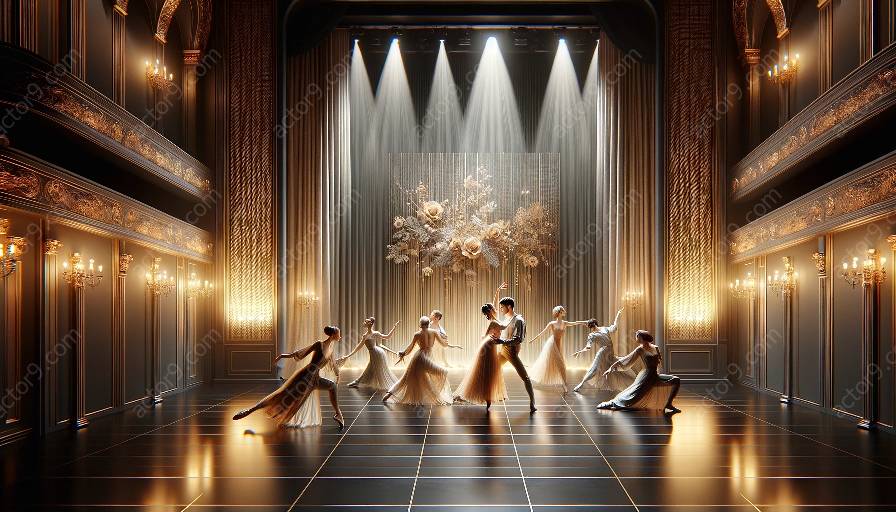Acting as a profession is not just about delivering lines. It's about embodying characters and bringing them to life physically and emotionally. The study of historical and contemporary movement techniques plays a key role in shaping an actor's physical range and versatility. By understanding the significance of movement and physicality in acting and theater, actors can expand their range and elevate their performances.
Understanding Movement and Physicality
In the world of acting and theater, movement and physicality are integral components that contribute to the portrayal of characters and the communication of narratives. Movement techniques encompass a wide range of disciplines, including but not limited to dance, martial arts, yoga, and various forms of physical training. These techniques aid actors in developing body awareness, control, and expressiveness.
Historical Movement Techniques
Historical movement techniques refer to the physical practices and methodologies that have been utilized by performers throughout different eras. These techniques are rooted in various cultural and theatrical traditions and have evolved over time. For example, the techniques employed by Greek actors in ancient theater differ from those used in medieval European performances.
Studying historical movement techniques allows actors to gain insights into the physicality of characters from different time periods and cultures. It provides a foundation for understanding the nuances of body language, gestures, and postures that are relevant to specific historical contexts.
Contemporary Movement Techniques
Contemporary movement techniques encompass modern approaches to physical training and performance. These techniques are influenced by current trends in physical theater, dance, and interdisciplinary arts. They emphasize the integration of the body, voice, and emotions to create compelling and authentic performances.
Exploring contemporary movement techniques enables actors to adapt to the evolving demands of modern theater and film. It empowers them to explore innovative ways of using their bodies to communicate narratives and emotions, thereby enhancing their versatility as performers.
Physical Range and Versatility
As actors delve into the study of historical and contemporary movement techniques, they enhance their physical range and versatility. By mastering diverse movement styles and approaches, actors can portray a wide spectrum of characters with authenticity and depth. They become adept at physical storytelling, embodying characters with distinct movement patterns, mannerisms, and physical attributes.
Furthermore, the study of movement techniques contributes to an actor's ability to adapt to various performance spaces and staging requirements. It cultivates an awareness of spatial dynamics and movement possibilities, allowing actors to engage with their environment in dynamic and expressive ways.
The Intersection of Movement and Acting
Movement and acting are intertwined disciplines that mutually enrich one another. Understanding movement techniques equips actors with tools to inhabit characters physically and emotionally. It deepens their understanding of character motivations and aids in the creation of compelling physical narratives.
Importance of Physical Training
Physical training, including the study of movement techniques, is essential for actors to maintain a strong and agile body. It prevents injuries, enhances stamina, and fosters a sense of grounded physical presence on stage and screen. Through physical training, actors develop the strength and flexibility necessary for executing demanding choreography and physical performances.
Embodying Characters through Movement
By incorporating movement techniques into their training, actors gain the ability to embody characters through physicality. They learn to express emotions and psychological states through movement, making their performances more dynamic and engaging. Whether it's the graceful movements of a dancer or the combat skills of a warrior, actors utilize movement techniques to add depth and authenticity to their portrayals.
Conclusion
The study of historical and contemporary movement techniques significantly contributes to an actor's physical range and versatility in the realm of acting and theater. By embracing diverse movement traditions and modern approaches, actors enhance their ability to physically embody characters and convey narratives with depth and authenticity. Movement and physicality are essential elements of the actor's toolkit, shaping performances that resonate with audiences and bring stories to life.















































